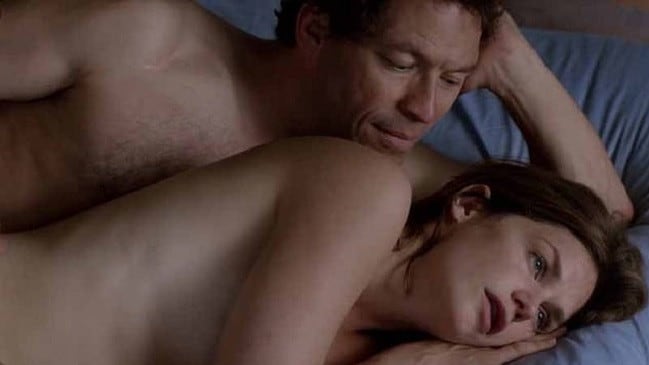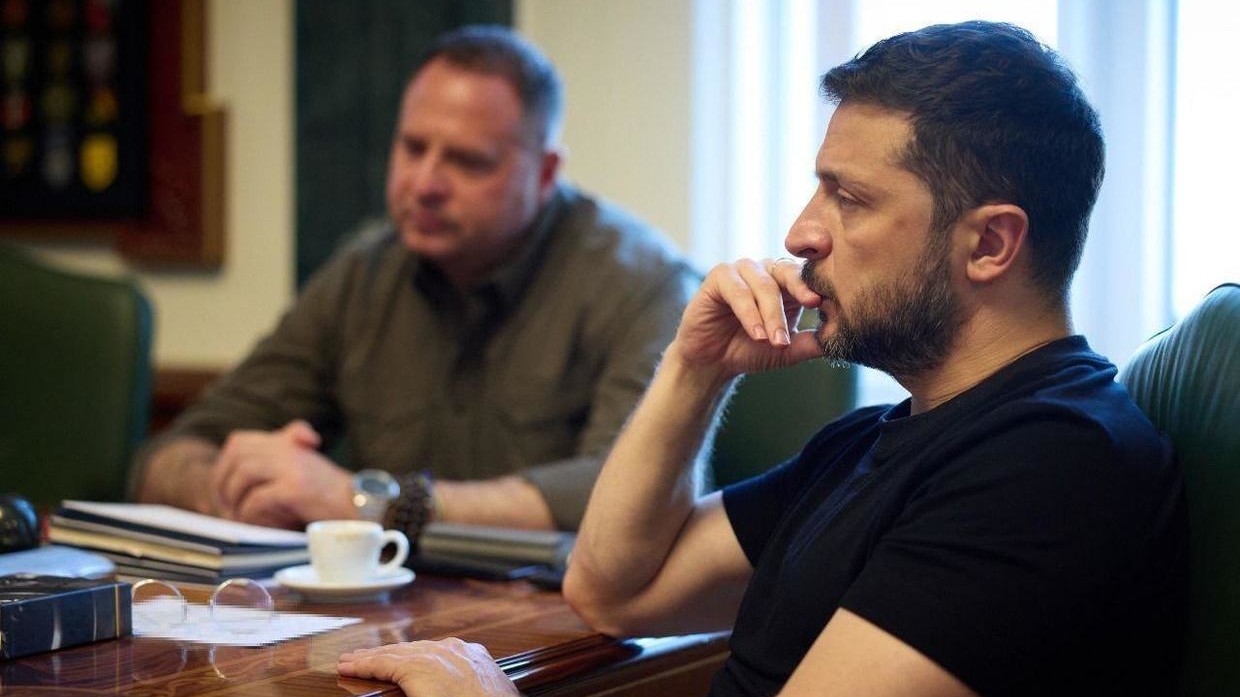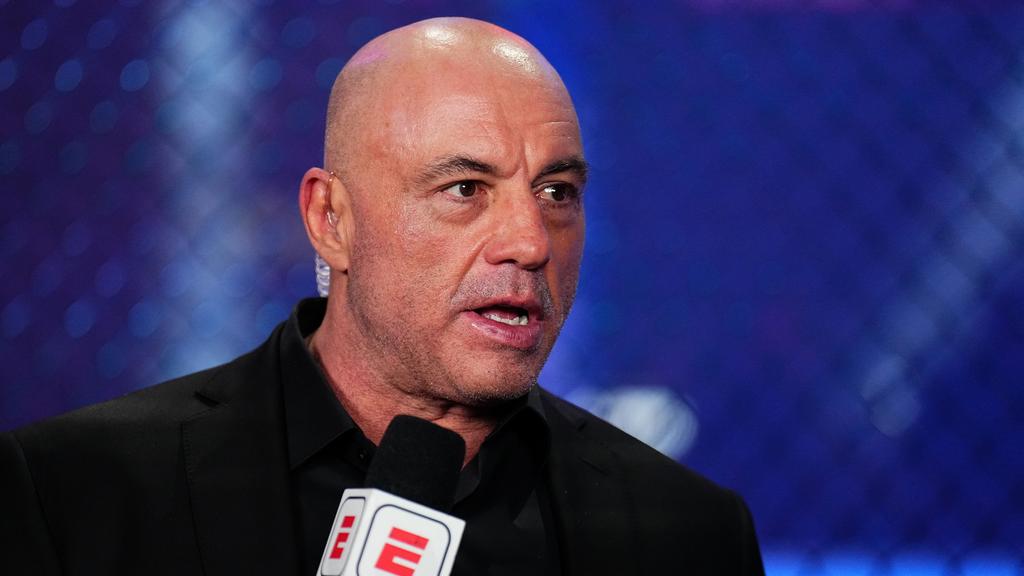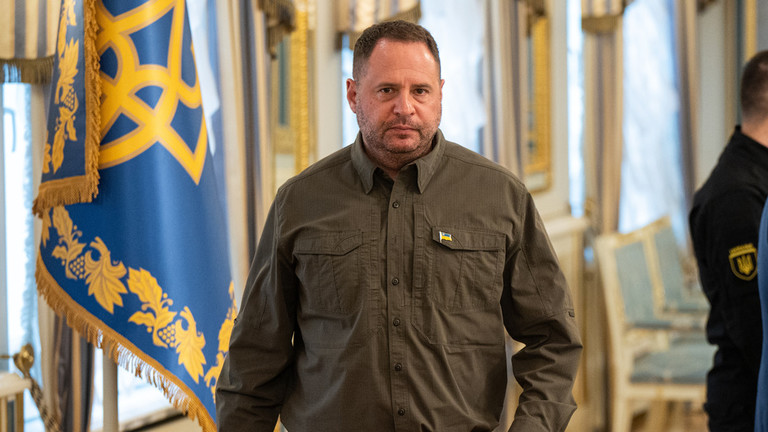
This article is more than
5 year oldHow movie sex scenes really work

Movie sex scenes play one way on screen, but shooting them is a completely different reality.
What eventually translates as passionate, sensual or tender moments between two fictional characters couldn’t be further from the truth on set. There, actors are often naked, cold and being stared at by dozens of crew members.
For performers, it’s work. There’s nothing sexy or sexual about it. And that can be the best-case scenario, if an actor is comfortable in a professional setting.
There are well-publicised instances where that’s not the case, where actors, often female, have felt exploited or had their objections to uncomfortable workplace demands manipulated or ignored.
Last month, The Hollywood Reporter revealed the hostile work environment that drove actor Ruth Wilson to quit her award-winning lead role on The Affair 18 months previously.
THR’s reporting alleged Wilson was frequently coerced into more nudity than she was comfortable with or participating in scenes that were more sexually aggressive than she wanted to consent to, and that there was a particular director and producer that allegedly created a hostile environment.
Sources told THR that when Wilson pushed back, she was labelled “difficult”.

Then there’s the notorious case of Maria Schneider who as a 19-year-old was subjected to a rape scene in Bernardo Bertolucci’s 1972 movie Last Tango in Pariswhere details were deliberately held back from her because the filmmaker said he wanted her to react on camera as a “girl” and “not as an actress”.
Schneider, who died in 2011, has said that she was humiliated by what transpired, and that she felt a “little bit raped” by both her scene partner Marlon Brando and Bertolucci. She never spoke to Bertolucci again.
Those are exactly the kind of scenarios an on-set intimacy co-ordinator is trying to prevent.
Ita O’Brien is a pioneer in the burgeoning field, a movement practitioner who a few years ago started to work in creating a role for a professional on set or in the theatre who could facilitate an environment in which actors, producers and directors are all comfortable with what’s been filmed and how.
O’Brien, who recently worked on Netflix teen comedy Sex Education, streaming from today, said her role involved finding out what an actor was comfortable with in terms of nudity or stimulated sex while also serving a director or writer’s vision of how that scene fits within the overall storytelling and character arcs.
It also involves working with the wardrobe department in finding the correct nudity patches or genitalia cushions.
RELATED: Behind the scenes on Sex Education

O’Brien told news.com.au that one of the significant developments in the industry brought on by the MeToo movement and multiple allegations of sexual misconduct against Harvey Weinstein was that it had “invited a positive ‘no’ in the industry”.
“We want to know your ‘no’. We want to know what’s not suitable for you as a person, and we can work creatively with an actor with your agreement and consent and help the production. When we work from a clear ‘yes’ from the actors, it’ll be a way better sex scene because the actor can be free, they can be open, which you can see from the scenes in Sex Education.”
Intimacy co-ordinators like O’Brien are also skilled to choreograph the intimate content – that could involve where camera angles might go or where legs are placed.
“We have an understanding of physicality, body movements and anatomy, and of an actor’s process and how they can serve the script,” she said.
Ideally, O’Brien would be able to have time during rehearsals to go through the process, but she has found that “old school people” are still resistant to what she brings.
“They have short shrift for the work and don’t really understand or want to understand. It’s very frustrating when productions are calling us in and wanting the role there, but then I come up against resistance of actually implementing the work on set.
“One of the misunderstood parts of my job is what we take up too much time or we’re taking something away from the director.”
RELATED: Embarrassing word Josh Thomas had to explain

O’Brien said all she was asking for on set was 10 or 15 minutes to rehearse the intimate content.
“And then once you get in front of the camera, your actors can be free because they know they can trust where they’re going to be touched and where they’re touching their fellow actor,” she said.
She said when she was not given the time to rehearse, it often made for an awkward scene.
“If the choreography isn’t there, the audience will say (it) doesn’t look real,” she said.
“I had a situation the other day where, by the third scene, the director gave me no time to work with the actor. I went away thinking that scene isn’t going to read.
“Very often the director is challenged because they have a whole lot of things to get through, but it’s mad to skip that bit when you know that scene isn’t going to be the scene it could be if they had allowed us to bring in our skills and support them.”
Still, O’Brien said that despite the regressive forces, the industry was changing. She said she had worked on many productions in 2019 and been “rushed off her feet”.
The company she founded, Intimacy on Set, counts three intimacy co-ordinators in training in Australia including dancer Chloe Dallimore and actor Michala Banas.
O’Brien added that Sex Education, filmed in Wales and starring Gillian Anderson, Asa Butterfield and Ncuti Gatwa, had been a joy to work on and hoped it would become a model for how productions can work with intimacy co-ordinators, especially when there are young actors involved.
“It’s exploring so many different aspects of our lovemaking, not just for young people but for us as a whole,” she said.
Sex Education season two is available to stream on Netflix from 7pm AEDT on Friday, January 17
Share your TV and movies obsessions | @wenleima




